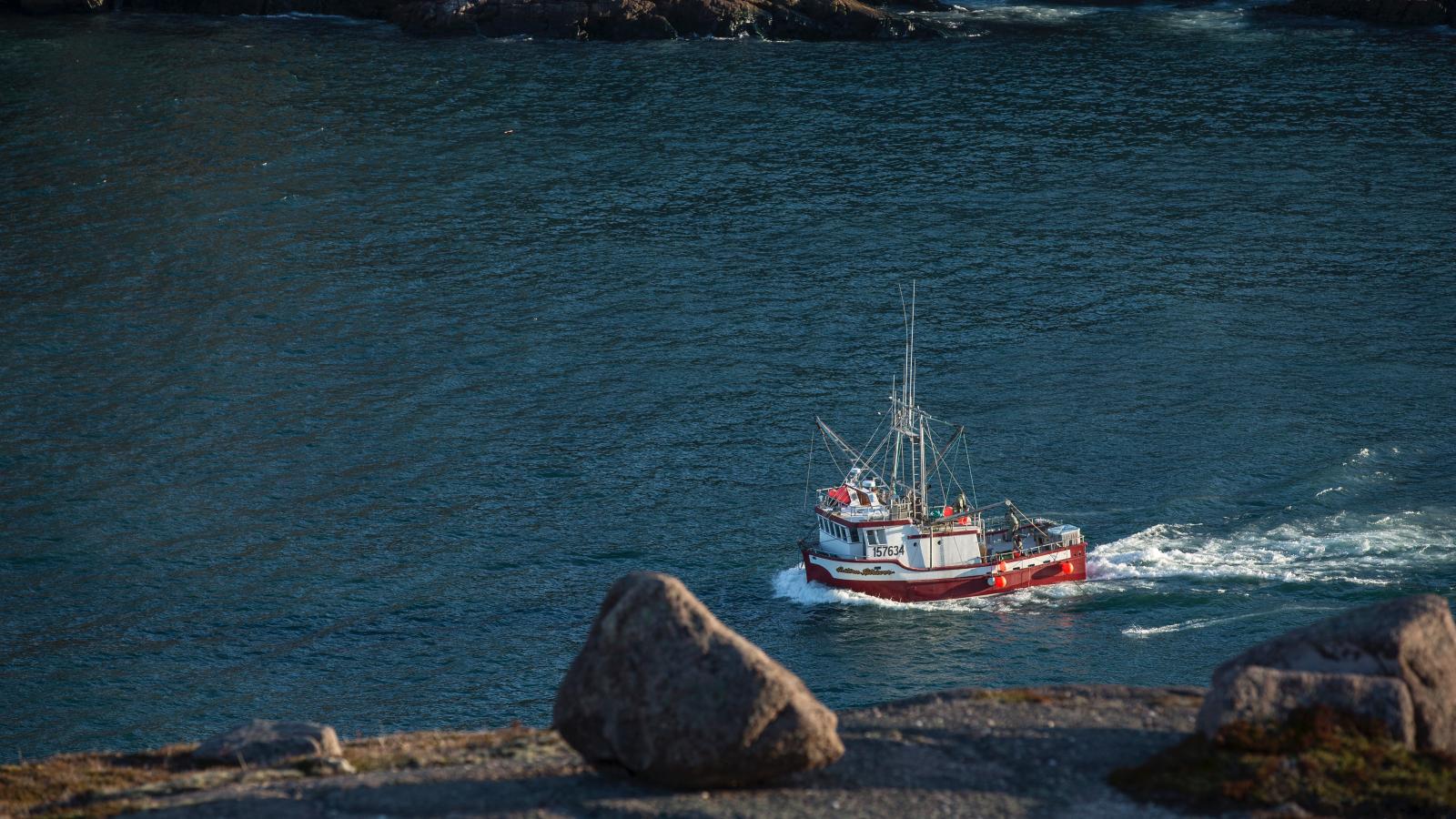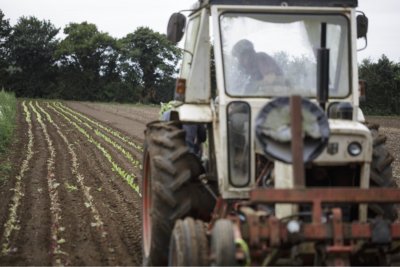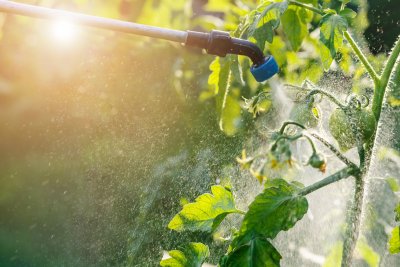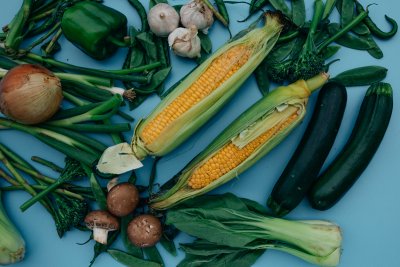UN warns world’s fish consumption is unsustainable
The UN Food and Agriculture Organisation (FAO) estimate that a third of the world’s ocean’s are overfished whilst fish consumption is at an all time high.

The latest edition of The State of World Fisheries and Aquaculture estimates that there will be an 18% increase in fish production from both aquaculture and capture to 201 million tonnes by 2030.
In an interview with the Thomson Reuters Foundation Manuel Barange, director of the FAO fisheries and aquaculture department said the current model is unsustainable: “there’s too much pressure on marine resources and we need significantly more commitments from governments to improve the state of their fisheries. We predict that Africa will have to import fish in the future.”
Ruth Westcott, the co-ordinator for Sustain’s Sustainable Fish Cities campaign, says that our oceans are under more pressure than ever:
“According to this latest data over 30% of global stocks are being fished unsustainably. The UK is doing particularly badly with two thirds fished unsustainably. It feels like an enormous and insurmountable problem but fish stocks can recover if they are managed sustainably. Consumers can make this happen. Look for ecolabels like the Marine Stewardship Council on packaging and convince your school, university, workplace or local chippy to serve only verifiably sustainable fish.
“And we must also look to our government. As we leave the EU we have a golden opportunity to put together a plan to make all fisheries in the UK verifiably sustainable, but so far it looks like the government will fall short and we will soon be asking supporters to help us call for better.”
Farmed fish
While aquaculture's growth has slowed — it experienced 5.8% annual growth between 2010 and 2016, down from 10% in the 1980s and 1990s — the FAO predicts it will still continue to expand in the coming decades, especially in Africa. Ruth Westcott believes that fish farming isn’t necessarily a solution to the problem of dwindling wild stocks:
“Aquaculture has been associated with slavery, and is actually a net user – not producer- of fish because wild fish is used as feed. Salmon farming in Scotland has been associated with damaging sea lice outbreaks, and the industry criticised for its use of antibiotics.
"We desperately need better regulation for aquaculture, and right now, consumers can make sure they are buying the most responsibly sourced farmed fish by looking for Organic, RSPCA Assured, Global Aquaculture Alliance Best Aquaculture Practices (3* and above), GlobalGAP or Aquaculture Stewardship Council fish. For both farmed and wild-caught fish, don’t forget the Marine Conservation Society’s Good Fish Guide to help make the most responsible choices.”
Key numbers from The State of World Fisheries and Aquaculture 2018
- Total global fish production in 2016: 171 million tonnes
- Share of that from marine capture fisheries: 79.3 million tonnes
- From freshwater capture fisheries: 11.6 million tonnes
- From aquaculture: 80 million tonnes
- Amount of production consumed by humans as food: 151.2 million tonnes
- Amount of production lost to spoilage a/o thrown away after landing and prior to consumption: 27% of all landings.
- First-sale value of all fisheries and aquaculture production in 2016: $362 billion
- Share of that from aquaculture: $232 billion
- Number of people employed in fisheries and aquaculture: 59.6 million
- Percentage of those who are women: 14 percent
- Region with the most fishers and fish farmers: Asia (85 percent of the total)
- Number of fishing vessels on the planet: 4.6 million
- Largest fleet by region: Asia (3.3 million vessels, or 75% of the global fleet)
- Percent of global fish production that enters international trade: 35 percent
- Value of fish production exports: $143 billion
- Net export revenues for developing countries ($37 billion) exceeds revenues from their net exports of meat, tobacco, rice and sugar combined
- World's largest fish producer and exporter: China
- World's largest import market of fish and fish products: The European Union. Number two: The United States; Number three: Japan.
- Most unsustainable fisheries: Mediterranean and Black Sea (62.2 percent overfished stocks), the Southeast Pacific (61.5%), Southwest Atlantic (58.8%)
- Most sustainable fisheries: Eastern Central, Western Central, NE, NW and Southwest Pacific (all <17% of overfished stocks)
Published Thursday 12 July 2018
Sustainable Fish: A campaign to protect precious marine environments and fishing livelihoods, and call for fish to be bought from sustainable sources. We want to show what can be done if people and organisations make a concerted effort to change their buying habits.





